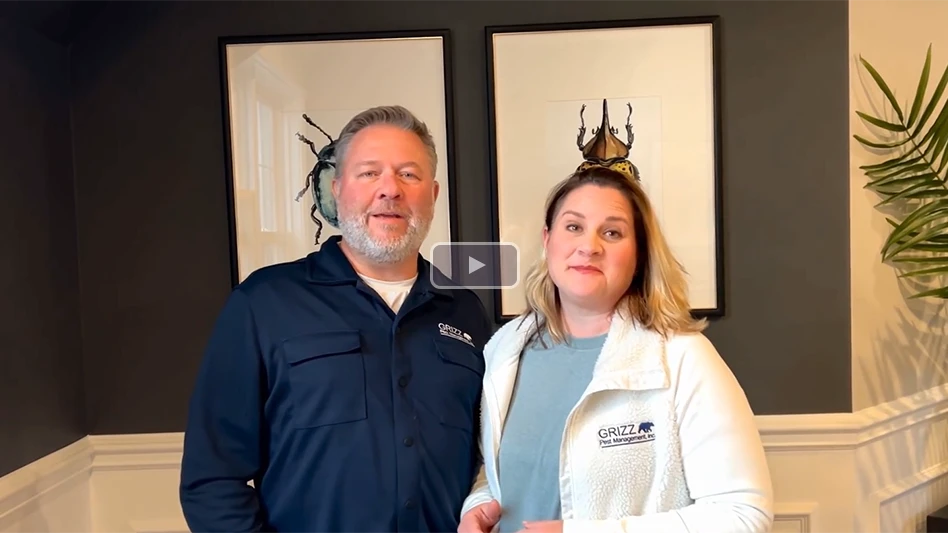Buddy Hawkins, owner of the 20-year-old Cahaba Pest Control Co. and the newer Cahaba Snake Trap in Birmingham, Ala., has some good advice for his fellow PCOs around the country: "If you come up with a good idea, don’t be afraid to run with it."
Hawkins is the poster boy for that philosophy. For the last 10 years, Cahaba Pest Control has seen a growing number of snakes in the Birmingham area and his pest control clients were asking him to catch them. To do so he was using large sticky traps. But one day four years ago, while walking through a local big box store, he saw something that presented him with what he called "a God-given" inspiration. "Why not create a snake trap that was practical, effective and user-friendly?" he thought.
"Although there were many adhesive traps on the market for rats and mice, they weren’t effective in trapping snakes because of a snake’s inherent ability to avoid or escape such traps," Hawkins says. "Snakes encountering the type of adhesive traps that were available could easily use any rough surface or protrusion in or around the trap to leverage their bodies and jerk their heads or necks free. Enclosed traps did not have openings positioned and sized to be attractive to snakes. And they weren’t shaped or sized to capitalize on a snake’s means of propulsion. They also lacked the means for preventing a snake’s escape should it enter and contact the adhesive."
BORN OF NECESSITY. Hawkins realized the pest control industry needed a reusable snake trap that allows for effective, humane capture and relocation of snakes. It needed to be shaped and sized to attract snakes, he reasoned, and designed to capitalize on a snake’s inability to back up without something to provide traction. And it should prevent a snake from escaping once it contacted the adhesive.
"While I was walking through that store’s heating and cooling section, mulling over the snake trap problem, I saw a piece of aluminum wall duct, and it seemed to me that the cardboard sticky pads I had been using for a long time to trap snakes would fit into it perfectly," he said. "I bought it for 10 bucks and took it home. Modifying and improving it with a commercial strength plastic outer case proved to me that it would be more durable and reusable, and using outdoor plastic instead of metal would make it more user-friendly. I thought it would also give it some sales appeal, too."
Turning his idea into reality resulted in the Cahaba Snake Trap, a specially designed, completely reusable, indoor/outdoor device. A snake approaching Hawkins’ trap is attracted to its tunnel because snakes tend to crawl into and hide in dark places. They generally move forward by propelling their heads forward from their bodies and they utilize irregularities on the surface to assist in their locomotion. They grip those irregularities with their scales. Once a snake enters Hawkins’ trap and contacts the removable sticky pad, it’s unable to turn around without further encountering the sticky pad because of the confines of the trap. And it’s unable to back up or gain traction to pull itself free. Once the snake is trapped, it and the pad can be easily slid out. If release of the snake is desired, vegetable or mineral oil poured on the sticky pad will release the snake from the adhesive. The trap can be reused by inserting a new sticky pad.
The Cahaba Snake Trap is water-resistant, effective, durable and easy to use, Hawkins says. "It will last for years and is also able to catch rodents and insects, including brown recluse spiders," he said.
PRODUCT LAUNCH. After finishing his research and development, Hawkins was ready to go with his dream. Luckily, his marketing plans included a website for sales. "That really helped get us off the ground. In May of 2006 I applied for a provisional patent, had it manufactured right here in Birmingham, and started selling the Cahaba Snake Trap in the USA and around the world. In June 2010 we received our registered patent."
The Cahaba Snake Trap is available in two sizes — one for snakes up to 1∂ feet long and one for snakes up to 5 feet and longer. Sales have provided a "fantastic" return on his initial investment, he says. In the first year he sold about 1,000 traps on the Internet and in several retail outlets. Now he is averaging about 3,000 sales a year.
"I’m optimistic that the Cahaba Snake Trap will fast become a staple in the wildlife control and pest control industries. Univar USA, Critter Control and Wildlife Control Supplies now include it in their catalogs — and it’s selling very well," he says. "It just goes to show you that a guy with a 10 bucks and a good idea can make a dream come true."
Hawkins says PCOs using the Cahaba Snake Trap can increase their business by thousands of dollars if they work hard and promote it properly. "All they need is a little knowledge and proper training. If they have any questions, I’d be happy to talk to them."
The author is a contributing writer to PCT. E-mail him at jfox@giemedia.com.

Explore the September 2010 Issue
Check out more from this issue and find your next story to read.
Latest from Pest Control Technology
- Termite Control Sales Strategies
- NPMA Announces ELP Class of 2025
- Termite Control Tools and Equipment for PMPs
- Choe Reviews Drywood Termite Geographical Hotspots, Latest Research Findings
- Mosquito Squad Announces Rebranding to Mosquito Squad Plus
- Pest Control Equipment: If it’s Critical, Back it Up!
- In Memoriam: Marybeth Wonson
- In Memoriam: Layton Word





